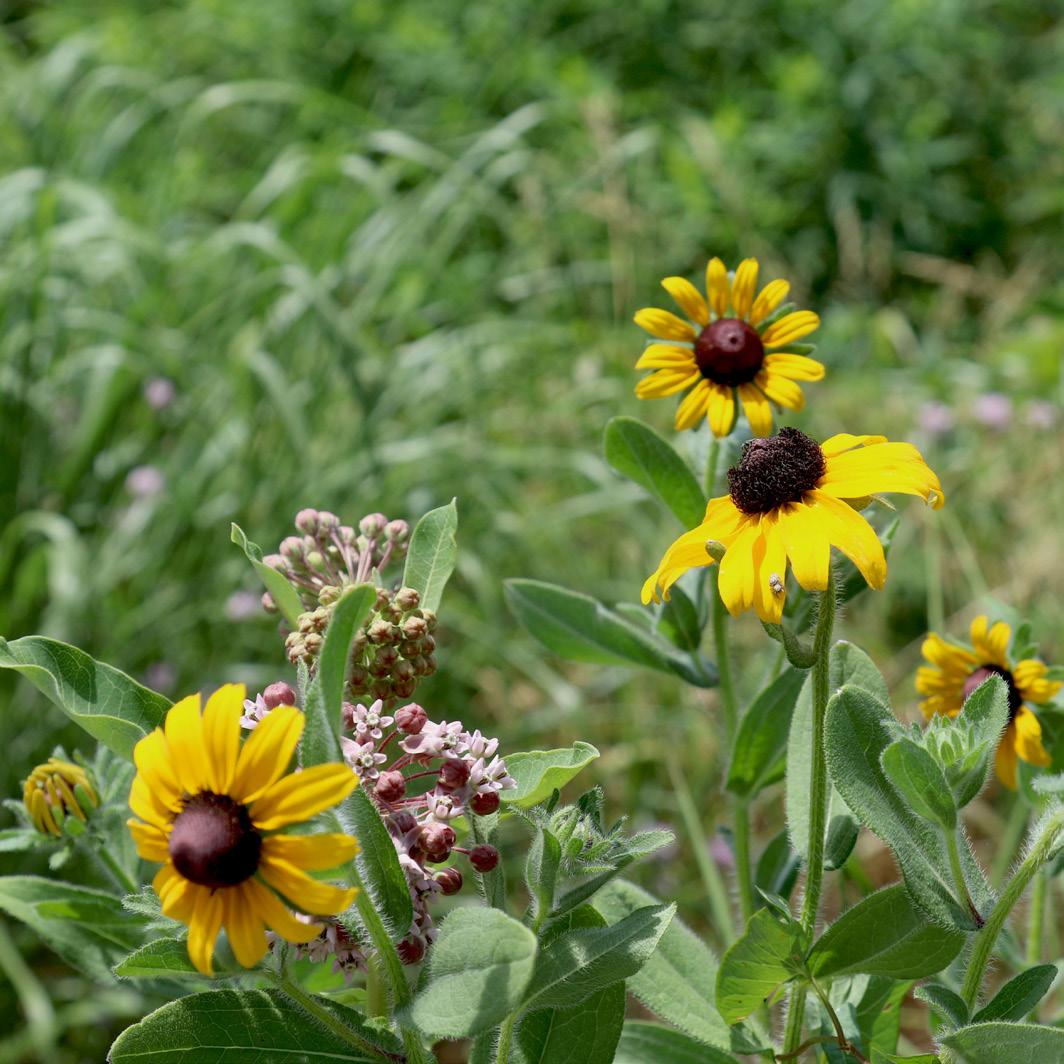
4 minute read
MOTHER NATURE MAKEOVER: Christina River to Get its First Living Shoreline
By Ella Rothermel, PDE’s Urban Resilience Assistant Manager
The Christina and Brandywine rivers in Wilmington, Delaware, are experiencing an exciting resurgence. After decades of pollution and neglect, recent developments are improving public access and allowing people to connect with these waterways in new and meaningful ways. PDE is part of this progress by building the first living shoreline on the Christina River.
A living shoreline is an erosion-control method often seen along rivers, bays, creeks, and other bodies of water to reinforce and hold their banks in place. Living shorelines are engineered to withstand wind, storms, flooding, and the continuous slap of waves against land. They also provide habitat for fish and wildlife because they’re made with natural materials such as strong-rooted native plants and grasses, rocks, sand, and shells.
Next year, work will begin at the site, including landscaping using native plants and other upland improvements in addition to the protective barrier, or breakwater, to stabilize the shoreline around the ship’s docks and protect newly-improved habitats. Together, these elements will provide new opportunities for fish and wildlife to thrive in the area. living shoreline. The living shoreline will complement existing swales of native and pollinator-friendly plants that act as a buffer between the tall ship’s dock and the Kalmar Nyckel Foundation’s office and museum on 7th Street in Wilmington, which is just a few miles downriver from Partnership for the Delaware Estuary’s offices.

Working with Wilmingtonbased Sarver Ecological, LLC, a custom ecological services company, and the Delaware Department of Natural Resources and Environmental Control’s remediation section, PDE will tear out invasive plants that have sprouted over the years and tangled with native plants, then add locally sourced wetland vegetation in a mudflat to provide more ecological complexity and diversity. PDE will also build a protective barrier, or breakwater, to stabilize the shoreline around the ship’s docks and protect newly-improved habitats. Together, these elements will provide new opportunities for fish and wildlife to thrive in the area.
A key highlight of the project will be freshwater mussels. PDE will have young mussels in protective baskets near the shoreline to teach visitors about the unique ecology of our freshwater tidal rivers. The area will simultaneously serve as a test location for PDE’s freshwater mussel growing program and as a citizen science monitoring initiative so the community can participate in measuring our success. Through this effort, visitors to the Kalmar Nyckel campus will have the chance to gain hands-on experience tending baskets and tracking the growth of freshwater mussels while learning about the importance of the ecosystem services they provide.
The Christina River’s first living shoreline will continue recent trends of reconnecting people to their waterways by offering examples of the species and habitats that initially existed and could once again flourish in the tidal Christina with continued improvements to the watershed.
“We are so proud to be working with the Partnership for the Delaware Estuary to restore the shoreline on the Kalmar Nyckel Foundation’s riverfront campus,” said Cathy Parsells, Executive Director of the Kalmar Nyckel Foundation. “Restoring native shore life and creating a natural habitat for regional birds, pollinators, and all kinds of marine life has always been a goal for our maritime campus. Having a living shoreline means that the public will have access to this special place while it naturally improves water quality, too.”
This project is part of the Christina and Brandywine Rivers Remediation, Restoration, and Resilience project, or CBR4, whose core mission is to improve these waters to a more fishable and swimmable state.
STRONG COMMUNITIES: C1.1/ C1.2/C1.3/C1.4
HABITATS: H1.3/ H1.4










